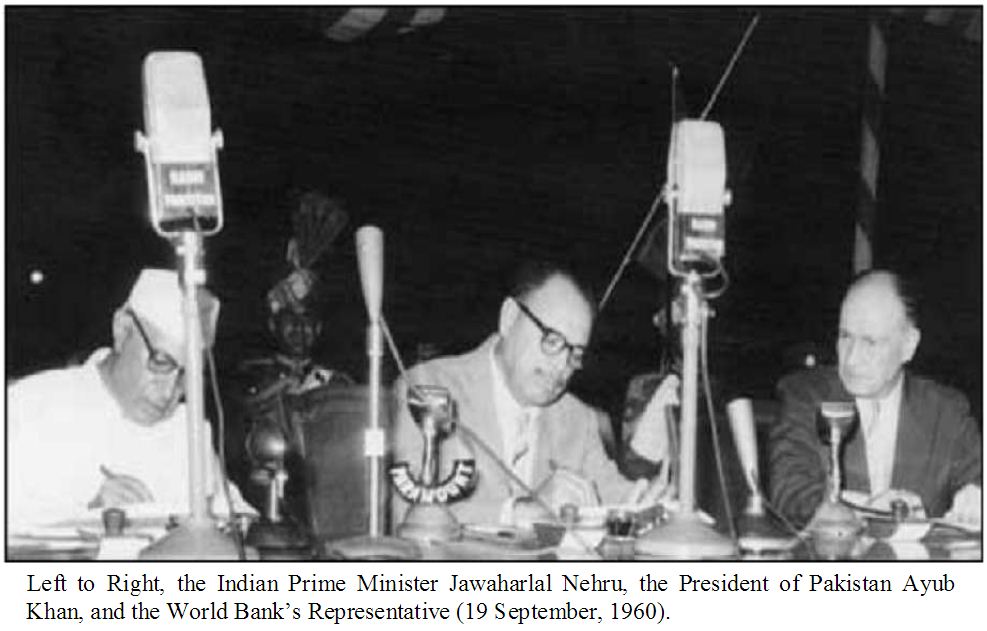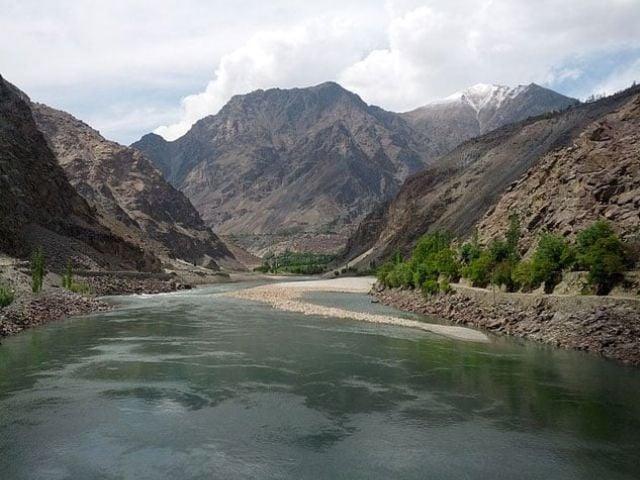In the annals of international relations, few agreements have been able to withstand the test of time and conflict such as the Indus Waters Treaty (IWT).
The treaty, signed in 1960 between Pakistan and India, managed to endure wars, political upheavals and decades of fragile relations between the two bordering nuclear armed nations.
IWT has shown its strength by being a lighthouse for endurance and hope in the Indo-Pak connections.
Still, this symbol of endurance towards its most crucial moment, as India has decided to unilaterally suspend the Indus Waters Treaty following a deadly terrorist attack on Indian tourists in the Indian illegally occupied Jammu and Kashmir (IIOJK) region Pahaldam.
Genesis of a lifeline
Indus is not just a river, it is an identity. An identity of millions whose lifeline depends on its flow and consumption. The river takes place the formation of both states and has historical value.
This helps maintain agriculture, livelihood and ecosystems in Pakistan and India. The river originating in Tibet drives the river through the disputed region of Jammu and Kashmir, flows into Pakistan and eventually emptied into the Arabian Sea.
According to climate diplomacy, approx. 90% of Pakistan’s food production associated with agriculture and animal husbandry that depend on the river Indus. Indus also helps with irrigation networks in the provinces of Punjab and Sindh.
Water conditions before IWT
India and Pakistan had no shared water treaty before the formation of the Indus Waters Treaty. The Boundary Commission, led by Sir Cyril Radcliffe, did not make any serious effort to establish a water sharing agreement between India and Pakistan; Instead, it chose the newly created states to solve the problem themselves.
Water policy was not a cause of concern in the early days of the partition, but the question was highlighted when the Eastern Punjab Province in India chopped the water supply to the West Punjab Province in Pakistan in April 1948, culminating against a water crisis for Pakistan.
India’s actions got the need to form a structured water treaty between the two nations that could guarantee Pakistan’s water supply from Indus.
The emergence of the Indus Waters Treaty
The Indus Waters Treaty was not formed in a day’s work, it took years of technical, diplomatic and political expertise for its formation. The treaty was originally signed on September 19, 1960 in Karachi.
Pakistan was represented by his President Mohammad Ayub Khan and India by its Prime Minister Jawaharlal Nehru, with the World Bank (then widely known as International Bank for Reconstruction and Development), which acts as a broker and broker for the treaty.
The treaty survived three major wars and decades of diplomatic tensions and political upheaval until India decided to suspend it unilaterally.

Prominent features in IWT:
The treaty includes a preamble, 12 articles (I-XII) and eight attachments. The treaty is binding between its parties (Pakistan and India).
-
Article II gives India exclusive rights over Indus’ Eastern Rivers (Ravi, Sutlej, Beas)
-
Article III gives Pakistan rights over the Western rivers (Indus, Jhelum and Chenab) of Indus.
-
Article XII, par.
-
Article VIII establishes the Permanent Indus Commission.
-
Article IX provides a mechanism for solving disputes and differences between the parties.
Timeline: Key events in Indus Waters Treaty History
| Year / date | Case |
|---|---|
| 1947 | Division of British India |
| April 1, 1948 | Water detention begins |
| May 4, 1948 | Interim agreement |
| 1951 | Pakistan is approaching FN |
| 1960 | Treaty signed |
| 1965 | Indo-Pak War |
| 1971 | Indo-Pak War |
| 1999 | Kargil War |
| 2001 | India Parliament attacks |
| 2008 | Mumbai striker |
| 2016 | Uri -attack |
| 2019 | Pulwama -attack |
| 2019 | Kashmir’s special status recalled |
| 2025 (April 23) | Pahaldam Attack |
Fallen of the Indus Waters Treaty?
The breaking point of the treaty came with the tragic attack in the Pahagam region of IIOJK, resulting in more than two dozen tourists.
India, without launching any formal investigation or presenting any evidence, accused Pakistan of facilitating the attack and noticing it as an act of cross -border terrorism.
Despite Pakistan’s condemnation of the attack, India IWT suspended, marking a significant deviation from decades of successful water diplomacy.
However, despite India’s unilateral actions, the provisions of the treaty suggest measures for termination or suspension of the treaty and a state mechanism to solve disputes between the signatories.
Several experts and diplomats, including Abdul Basit, Pakistan’s former High Commissioner for India (2014-2017), believe there are no immediate diplomatic problems for Pakistan, especially with regard to cancellation of the Indus Waters Treaty.
In the long term, India’s suspension will have devastating consequences for Pakistan, which is already facing water safety.
Indus helps Pakistan maintain his agriculture and economy. It is also deeply embedded in Pakistan’s cultural, historical and spiritual identity, especially in Sindh. I in Pakistan signify significant Indus and are mentioned in the country’s folk traditions, sufism and music.
The treaty maintained its importance by being one of the most successful water treaties in the world despite fragile Indo-Pak relations.
As tension between India and Pakistan rises, the protection of Indus and IWT remains important not only to Pakistan’s stability, but for the preservation of a shared legacy that exceeds boundaries.



